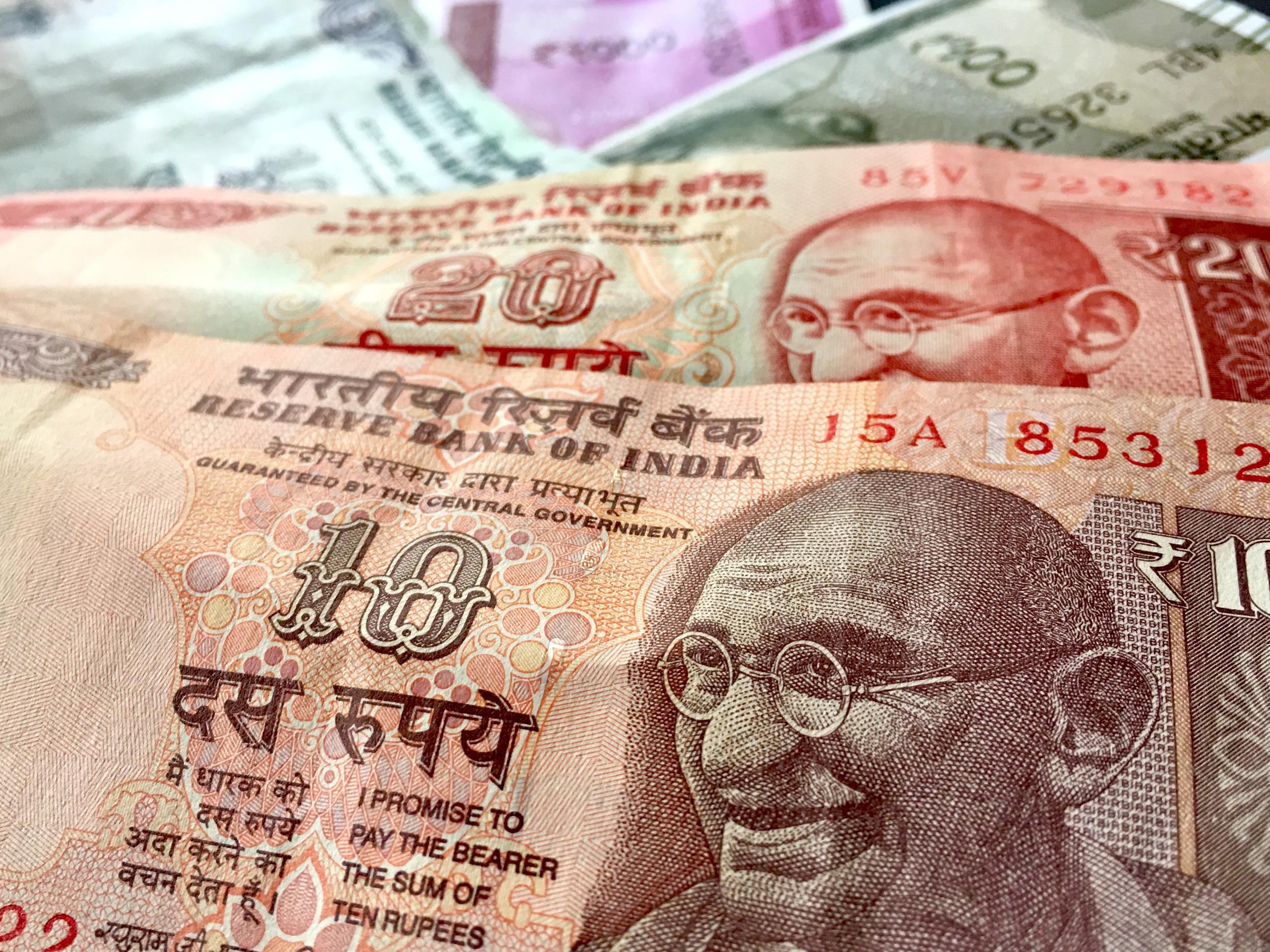
India is now the world’s sixth-largest economy, when measured by GDP. On the alternative measure of purchasing power parity, India ranks third, after China and the United States. According to the International Monetary Fund, India is now the fastest-growing economy in the world and will outgrow other major economies – an expectation underpinned by Prime Minister Modi’s introduction of economic liberalization policies.
In the half century following independence, the economy was characterised by protectionist policies and extensive regulation. An economic crisis in 1991 ignited a process of economic liberalization, moving India towards a market based economy. Economic growth began to take off in the late 1990s, and averaged more than seven per cent through the first decade of this century. However, growth slowed from 2011 through to 2014, after which sentiment again picked up on the back of reforms introduced by the newly elected Prime Minister Modi and inflation dropped to its lowest level in years. The economy rebounded strongly in 2014 but as government-owned banks faced mounting bad debt and cash shortages, growth was restrained in 2016. Nonetheless, with the Reserve Bank of India taking steps towards restoring balance of payments stability and reducing currency volatility. Economic optimism around increasing exports and renewed growth in industrial production has positively impacted the IMF's prediction for India's GDP growth in 2018, which at 7.3% is high.
In spite of these positive developments, India still faces a number of impediments to its economic progress, including poor infrastructure, low agricultural yields and low productivity, as well as relatively low ease of doing business, which can dissuade foreign investors. India’s rapid population growth and uneven distribution of wealth is also seen as a barrier to progress. Although tens of millions of people have been lifted above the poverty line in recent years, average literacy rates and incomes remain relatively low. India is still home to about one third of the world’s extreme poor who also make up a third of India’s total population. As a result, India is one of the World Bank’s largest beneficiaries of finance and development support, with a commitment of USD 2.3 billion in 2017 as part of the five-year Country Partnership Strategy. However, the challenges facing India do not negate the opportunities presented for businesses by the nation’s rapid population and economic growth, which brings with it greater demand for education, health and medical services as well as a technology boom across many sectors.
Stay updated on our news and events! Sign up to receive our newsletter.